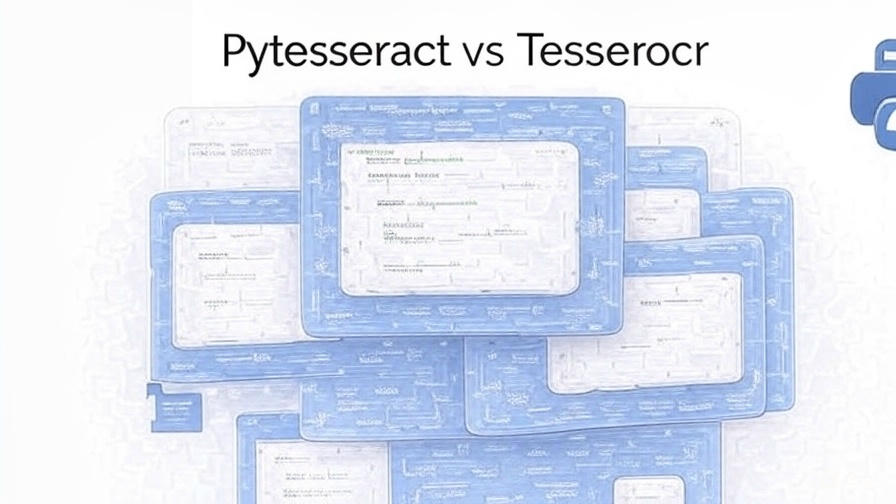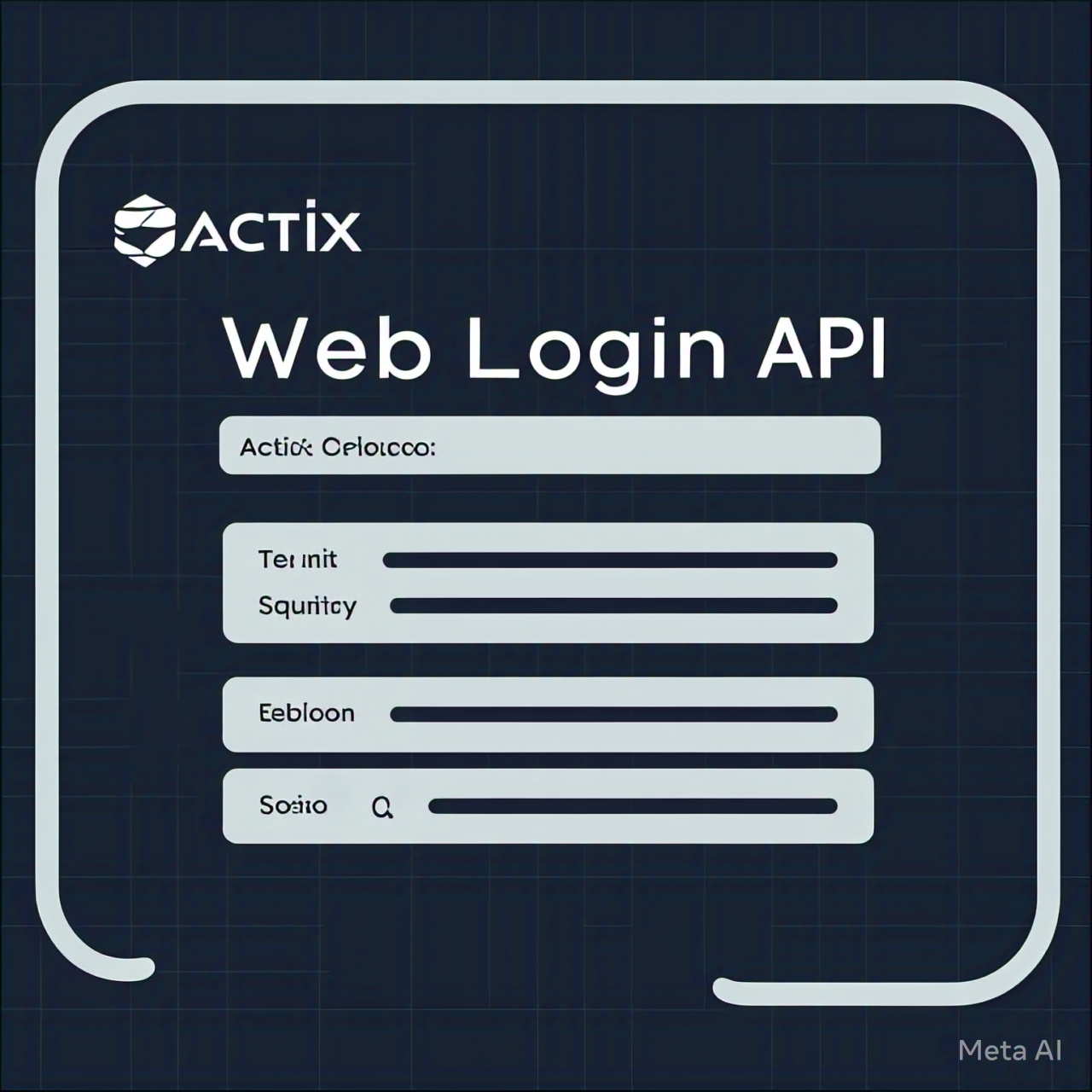Blog Posts

Optical Character Recognition (OCR) is a powerful technology for extracting text from images or scanned documents. In Python, two popular libraries for leveraging the Tesseract OCR engine are Pytesseract and Tesserocr. Both serve similar purposes but differ in performance, ease of use, and integration. In this blog post, we’ll compare Pytesseract and Tesserocr, explore their features with code samples, and discuss which is better for specific use cases. We’ll also dive into language parameters, Tesseract data files, OSD, PSM modes, and when to use each PSM mode.

Barcodes are essential for businesses, marketers, and developers, streamlining tasks from inventory management to digital campaigns. The Barcode Decoder & Generator makes creating and decoding barcodes like QR codes, EAN-13, and Code 128 quick and easy. In this guide, we’ll walk through two examples: a simple QR code generation for a website URL and a complex scenario involving generating and decoding a Code 128 barcode for inventory tracking. Each example includes step-by-step instructions and visual placeholders to demonstrate the process. Whether you’re a beginner or a professional, this free tool is designed for efficiency.

This is First Article of Series, in which I will share my experience for creating backend of our ecommerce store in Rust using Actix Web for writing APIs, Postgresql as Database and Sqlx as ORM. In This Step by Step guide I will first setup database and then create the registration API for my ecommerce store.

In this tutorial we will learn to create a synthetic dataset for training Donut (Vision Transformer and Decoder) on custom languages (Right to Left ) such as Arabic, Hindi, Urdu, Hebrew etc This tutorial is designed for Machine Learning Engineers who want to create synthetic datasets for RTL (Right-to-Left) languages like Arabic, Urdu, Persian, Hebrew, and Hindi using SynthDoG. We'll walk you through generating dataset images using Urdu as an example. These datasets can be tailored for other RTL languages by modifying configurations appropriately.

Choosing the right web framework can feel like picking the perfect tool for a job. It’s not just about what’s popular but it’s about what fits your project’s needs. While Python’s FastAPI has won hearts for its simplicity and speed, Rust’s Actix is quietly making waves as a powerful alternative, especially for developers who care about performance, safety, and handling lots of users at once. In this post, we’ll explore Actix, see how it stacks up against FastAPI, and highlight what makes it special.
